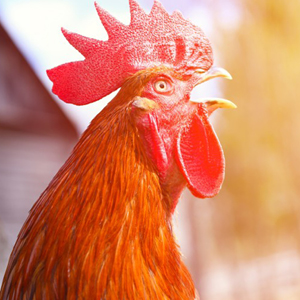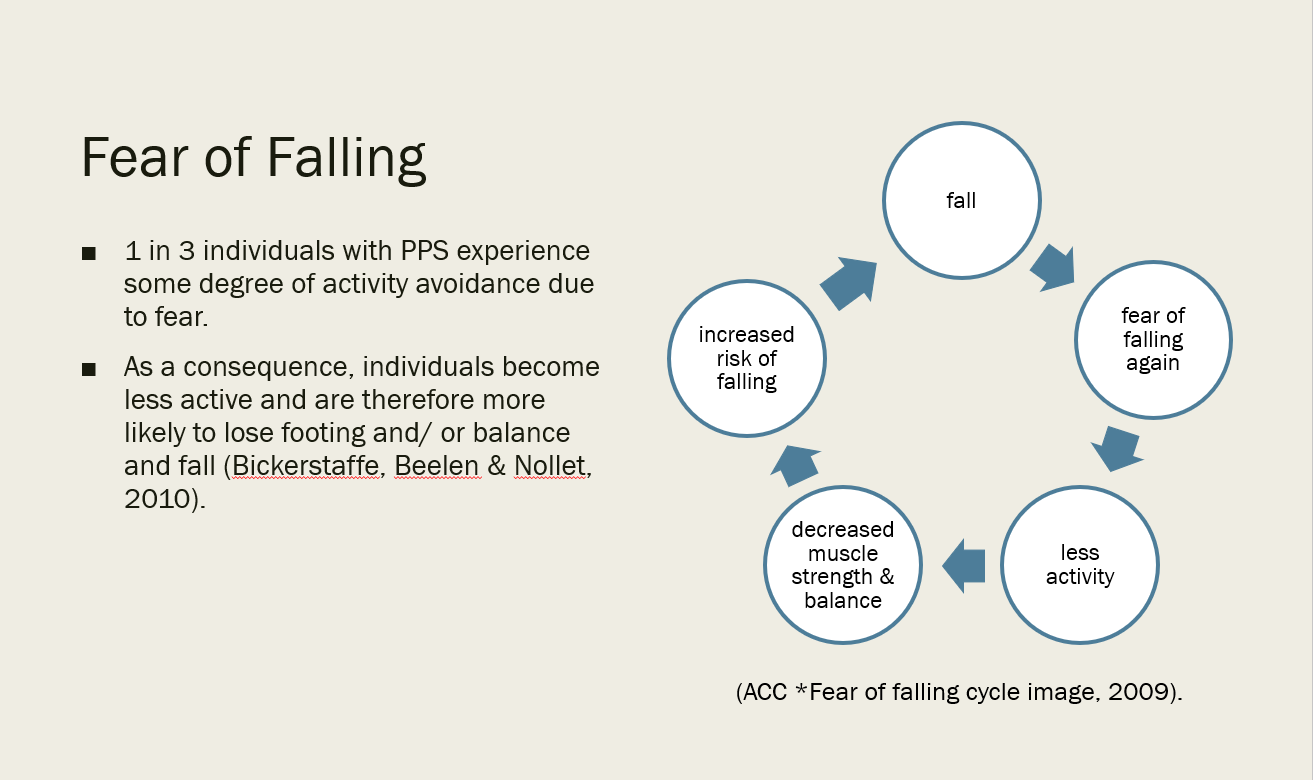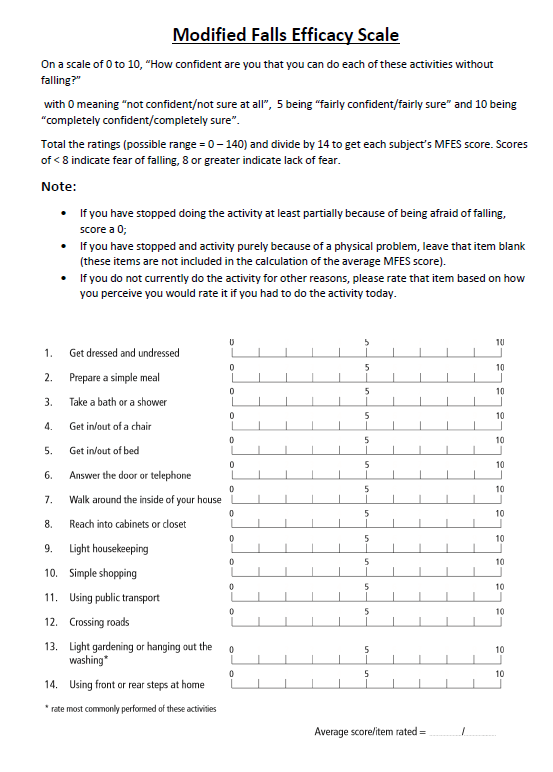Why post-polio falls prevention?

To avoid injury and loss of independence

To continue usual activity levels

To manage fear of falling without reducing mobility

To preserve our roles and maintain our identity
What To Do If You Fall
If you fall, the first thing to do is to REMAIN CALM
This will allow you to clearly assess the situation
DECISION TIME:
Are you able to get up from your fall SAFELY?
If you get up:
- Don’t pretend it didn’t happen.
- Seek medical attention if needed.
- Report your fall to your doctor during your next visit.
- Record your fall in your fall diary. Click here for Falls Safety Stick
If you can’t get up:
- If applicable, activate your medical alarm.
- Call for help/ crawl to reach the telephone.
- If you are unable to reach the telephone make loud noises.
- Get as comfortable as possible and keep warm.
- Gently keep re-positioning yourself in order to reduce prolonged pressure on your body.

Common Post-polio:
falls prevention trategies
Consider a personal alarm
Pay attention to changes in health
Advocate for yourself
Maintain strength and balance through regular exercise – Nymble
Function at a consistent pace suited to your energy and ability
Regularly check you health, vision and hearing
Reduce environmental hazards within the home
Use assistive devices correctly
Beware of medication’s side effects
Wear appropriate footwear
Be in the moment
Be gracious when offered help and advice whether we accept or decline the offer.
Modified Falls Efficacy Scale
Anyone who now lives with the late effects of polio and still walks, is at increased risk of falling, over and above the naturally increased risk of falling from ageing. Fear of falling is a natural and necessary skill to avoid the very serious injuries falling can impose on us, but for some, an intense fear of falling can result in limiting our movement, exercise and contact with friends, family and our community. A very low of fear of falling can lead to increased risk taking and more falls, ironically resulting in the same outcome because of the injury.
The Modified Falls Efficacy Scale (MFES) gives us tool for self-assessment of our risk appetite, something we have had to be very good at all our lives. We have always had to weigh up the benefits of doing something against the consequences of not doing something, especially with others, and made decisions to accept the physical costs. The trouble comes when our habits haven’t caught up with our bodies changing capacity and capabilities. The consequences of making a mistake become more serious the older we become.
Fill out the form and find out where you stand on the fear of falling scale.
If the result is a surprise, what can you do to lessen your risks?
Four traps to avoid to prevent falls.

What can I do to prevent falls?
Keep a falls diary detailing where the fall happened, why it happened, how did you fall and any injuries and long term consequences.
Fix known problems and risks: don’t procrastinate.
Take the time you need to do anything!
Find out more
Resources, Links and Research Downloads
Fear of Falls, Risks and Practical Strategies – Post Polio Helath
Q: What is fear of Falling?
W: Very thorough paper on Post Polio and falling
A: Falls in those with LEoP are most frequent while walking, when outside and often involve an environmental hazard.
